How much fabric do you need for a 2-bed set?
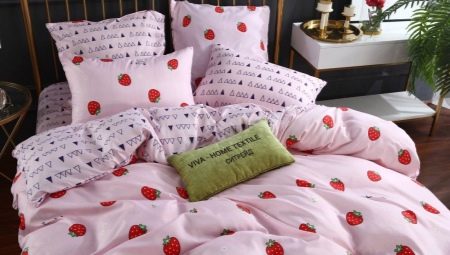
There is nothing difficult in sewing your own bed linen. Due to its rectangular shape, it is easy to cut, no special patterns or grooves are required. The main thing is to correctly calculate the required piece of fabric so that the set of linen is not small.

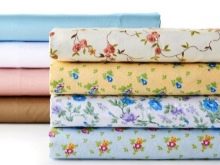

The amount of material per sheet
To date, there are no clear calculations for bed linen. The point is that several standards are issued. For example, the most popular are 180x220 or 150x220 cm, but you can find sizes 175x210 or 150x200 cm.
If you are sewing linen for sale, you can focus on these norms, as they often correspond to the popular sizes of blankets and mattresses. If the bedding set is being sewn for personal use, you can measure the duvet and bed. This is especially true if the berth is made to order and has non-standard dimensions.
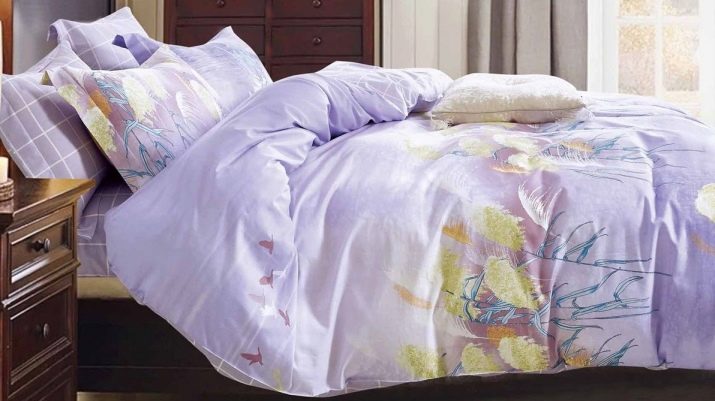
Before buying fabric or cutting from an existing cut, it is recommended to calculate the total amount of fabric for the entire set. This is necessary in order to be sure that there is enough cut. Typically, a bedding set consists of 4 pieces (2 pillowcases, a sheet and a wide duvet cover) or 5 pieces, when two one and a half duvet covers are attached to the wide sheet. If you plan to use different cuts of fabric to create a designer model, it is important to choose one material so that there is uniform shrinkage without distortions.



Material consumption should be calculated not only based on the size of the finished product, but also take into account seam allowances and fabric shrinkage.
Usually, 3 cm is left for the hem of the material on each side - for two folds of 1 cm. If the fabric is thin, such as satin, then the allowance can be made smaller. Shrinkage is usually given 2-5%.If the edge of the fabric has already been processed, then it is not necessary to hem it, respectively, and do not leave it for an allowance.
Thus, for a sheet of 150x220 cm, the width of the roll should be equal to the length of the product + 6 cm for allowances, that is, 226 cm. The calculation of the length of the cut for the sheet will be 150+ 6 (allowances) + 8 (fabric shrinkage 5%) = 164 cm.
If the sheet is sewn for a non-standard mattress, then it is necessary to measure its length and width, for example, 90x170. Be sure to take into account the fold of the sheet under the mattress, usually 15-40 cm. Thus, the width of the pattern will be 90 + 6 (hem) + 8 (shrinkage) + 30 (hem under the mattress) = 134 cm.
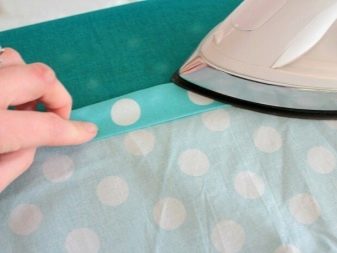
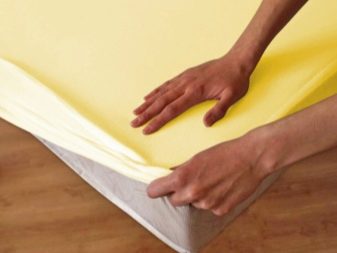
Calculation of meters of fabric for a duvet cover
The fabric cut for the duvet cover is calculated in the same way. If this is a 2-bedroom set with a width of 220 cm, then 440 (2 widths 220x2) + 6 (per seam) + 22 (fabric shrinkage) + 5 (allowance) = 473 cm. It is important to note that a lateral fold of the fabric is provided. If two halves of the duvet cover are cut out separately, then another 6 cm of allowance. 5 cm of additional allowance is made so that the blanket fits freely into the cover.
Accordingly, for a one-and-a-half blanket, the dimensions are as follows: 300 (150 cm x2) + 6 (per seam) + 15 (5% shrinkage) + 5 (allowance) = 326 cm. Since there are 2 duvet covers in the set, you will need twice as much fabric. If the blanket does not meet the standard, then its width is measured, to which allowances are added.
For example, the width of the blanket is 165 cm. Accordingly, 330 + 6 + 5 + 17 = 358 cm. If the halves are separate, then another 6 cm for the seam allowance.


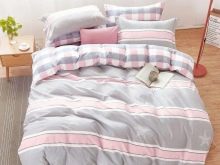
How to Calculate for Pillows?
Pillowcases can also be of non-standard sizes, but the most popular sizes are 70x70 and 50x70 cm. When cutting, the valve is taken into account, usually it is 1/3 of the pillowcase. A flap that is too short does not hold the pillow well, the pillowcase is about to "slide off" from it. If the valve is made too wide, it will be inconvenient to fill it.
You can do without a valve at all, for example, sew in a zipper or use buttons and buttons. In this case, a 5 cm allowance is made instead.

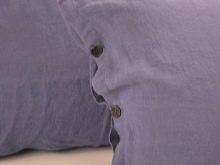
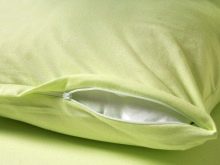
The calculation of a pillowcase for a 70x70 cm pillow will be: 140 (2 widths) + 23 (flap) + 3 (per seam) + 8 (fabric shrinkage) = 174 cm. Product length 70 + 6 = 76 cm.
Calculation of a pillowcase for a pillow 50x70 cm: 100 (50x2) + 17 (valve) + 3 + 6 = 126 cm. Length 76 cm. Similarly, the calculation is done for sizes 60x60, 75x75 cm and so on. If there are several pillows, for example, not two, but four, then the calculation of the fabric is taken into account on them.
Thus, the total fabric consumption for a 4-piece bedding set 200x220 with 70x70 pillows will be approximately 1037 cm (216 + 473 + 174 + 174), that is, a little more than 10 m. If we take into account the error in the calculation, marriage on fabric, errors in cutting and the like, then it is better to buy a cut of 11 m so that there is a margin.
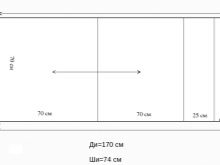


We take into account the allowances for shrinkage
Any fabric, especially a new one, shrinks. It is important to take this into account, otherwise, during operation, the bed linen will shrink so much that it turns out to be small. Leaving too large allowances is also not worth it. If the duvet cover is large, then the duvet gets knocked off or slips off. Oversized pillowcases on the pillow also look unaesthetic, they can gather in folds.
Usually linen and cotton fabrics are used for bed linen, for example, calico, satin, poplin. They, like silk, shrink up to 5%. If there is an admixture of synthetics (ranforce), then this figure is lower - up to 2-4%. The denser, softer flannel used for winter kits shrinks slightly.
Synthetic fabric shrinks less. But using it specifically for sewing sleeping sets is irrational. It absorbs sweat poorly, does not "breathe", and can cause overheating of the body or cause allergies. Therefore, the optimal ratio in the composition of bed linen does not exceed 20%.

To reduce the risk of shrinkage of the bedding set, you can do decatting - wet heat treatment of the fabric. The cut must first be washed or soaked in warm water not exceeding 40 degrees Celsius.
Then squeeze lightly and hang evenly on the dryer with the straight thread down. If you hang it to dry with the transverse side down, the cut may be skewed during drying. To understand where which side is, you need to pull the fabric to the sides. Where it stretches poorly - the lobar thread, where it stretches better - transverse.
Next, a slightly damp cloth should be ironed from the wrong side in the direction of the shared thread using the steam function. Now you can cut out. In this case, it is still recommended to leave allowances. During operation, the laundry can become more addictive, for example, when boiling or washing at high temperatures and rpm.


You will learn how to properly cut the fabric into a 2-bedroom bedding set by watching the following video.








